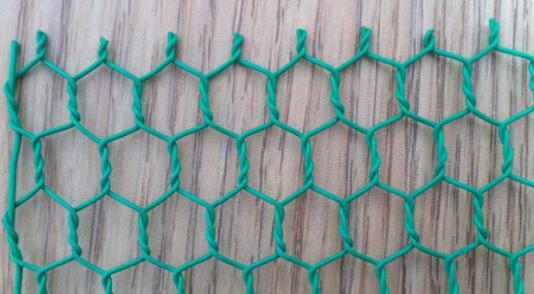Brick Wire Mesh An Essential Element in Modern Construction
In the realm of modern construction, materials and techniques continually evolve to meet the demands of efficiency, sustainability, and strength. One of the critical innovations that has emerged is the use of brick wire mesh. This hybrid material combines the enduring strength of bricks with the flexible support of wire mesh, creating a versatile solution for architects and builders alike.
Understanding Brick Wire Mesh
Brick wire mesh essentially consists of a grid of wire embedded within or applied to brick structures. This combination serves multiple purposes, enhancing both the structural integrity and functionality of buildings. The wire mesh typically consists of high-tensile steel, which provides strength and resilience, ensuring that the entire structure can withstand considerable stress and environmental factors.
Applications in Construction
The integration of wire mesh in brick construction can be seen across various applications. One of the primary uses is in the reinforcement of masonry walls. In regions prone to seismic activity, buildings equipped with brick wire mesh can better endure the lateral forces produced during an earthquake. The mesh acts as a tension member, distributing loads more evenly throughout the structure and minimizing the risk of catastrophic failures.
Moreover, brick wire mesh is increasingly utilized in facades and cladding. Architects favor the aesthetic appeal of traditional bricks combined with the modern technical advantages of wire mesh. This combination allows for greater design flexibility while maintaining the weight-bearing capacity of the wall. The unique appearance created through varied brick placements and the underlying wire structure often results in stunning visual effects that enhance a building's charm and character.
Benefits of Brick Wire Mesh
brick wire mesh

One of the standout advantages of using brick wire mesh is its ability to reduce structural weight without compromising strength. By distributing loads more efficiently, buildings can be taller and lighter, which is particularly beneficial in urban environments where space is at a premium. Lighter structures also entail lower material costs and reduced construction timeframes.
Sustainability is another significant benefit of incorporating wire mesh with bricks. By using fewer materials to achieve required strength and stability, overall resource consumption is reduced. Additionally, the durability offered by this composite material means that structures are less likely to require extensive maintenance or repair, contributing to a longer lifespan and decreased environmental impact.
Challenges and Considerations
Despite its many advantages, the integration of brick wire mesh is not without challenges. The complexity of installation requires skilled labor and a thorough understanding of engineering principles to ensure the mesh is properly embedded and secured. Poorly installed wire mesh can lead to structural weaknesses, compromising the intended benefits.
Furthermore, the cost of high-quality wire mesh materials may initially deter some builders. However, when evaluating the long-term savings associated with reduced maintenance and increased building longevity, the investment is often justified.
Conclusion
Brick wire mesh represents a significant advancement in construction technology, merging traditional materials with modern engineering solutions. As architects and builders continue to explore innovative ways to enhance structural integrity, aesthetics, and sustainability, wire mesh's role alongside brick is expected to expand.
This combination not only preserves the timeless appeal of brick but also embraces the future of construction by ensuring structures are resilient and efficient. As we move towards a more sustainable and aesthetically diverse architectural landscape, brick wire mesh will undoubtedly remain a key player, pushing the boundaries of what is possible in construction. Whether in urban high-rises or residential homes, its versatility continues to redefine the framework of modern design.

















